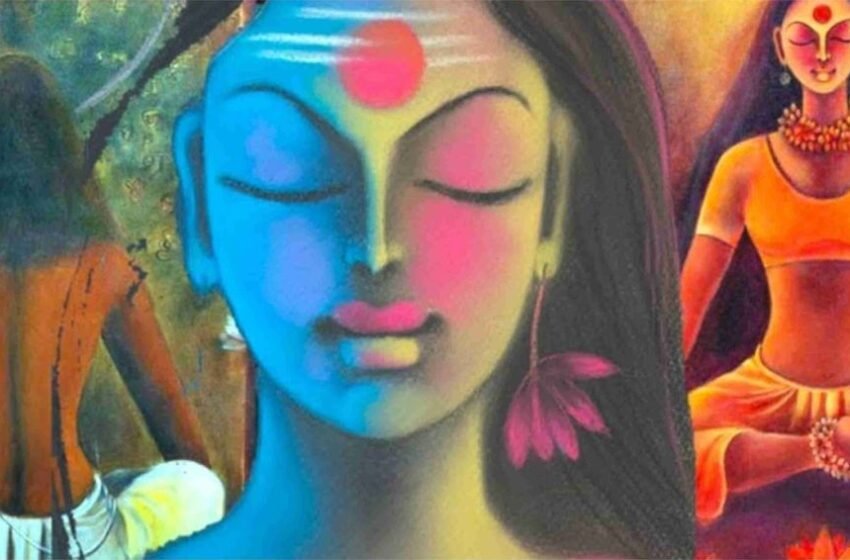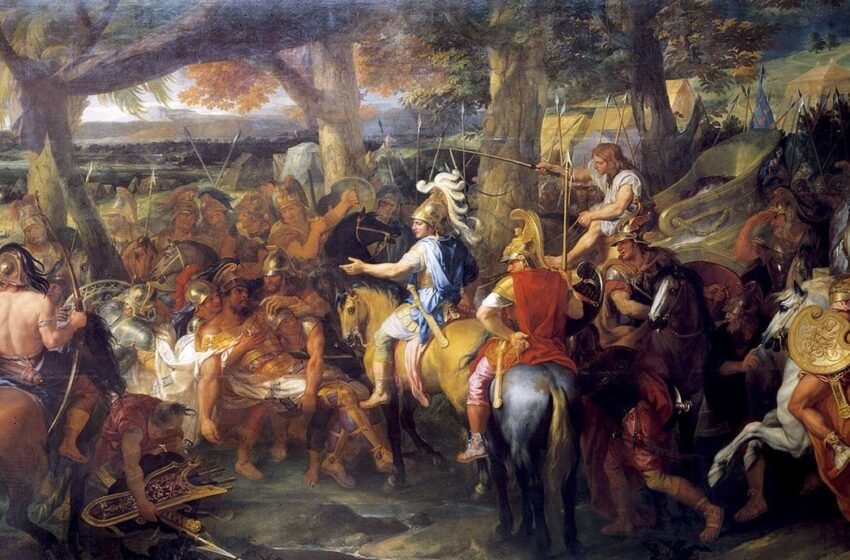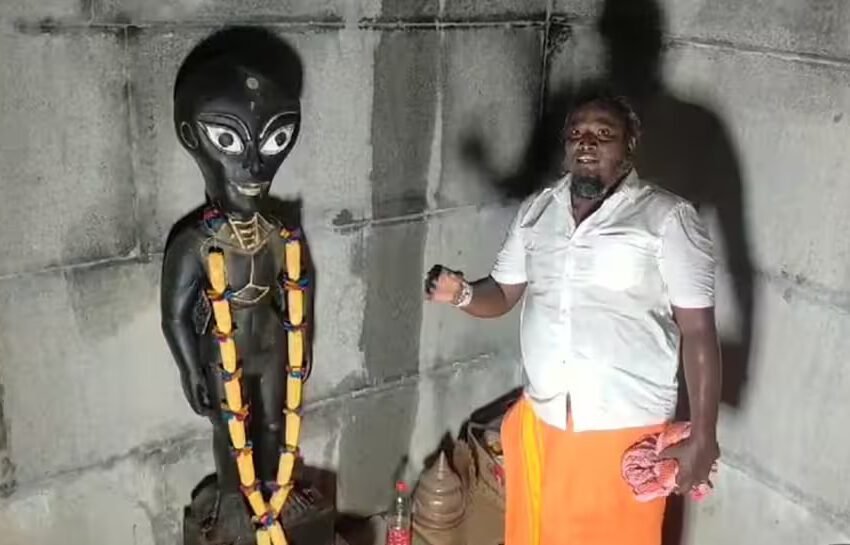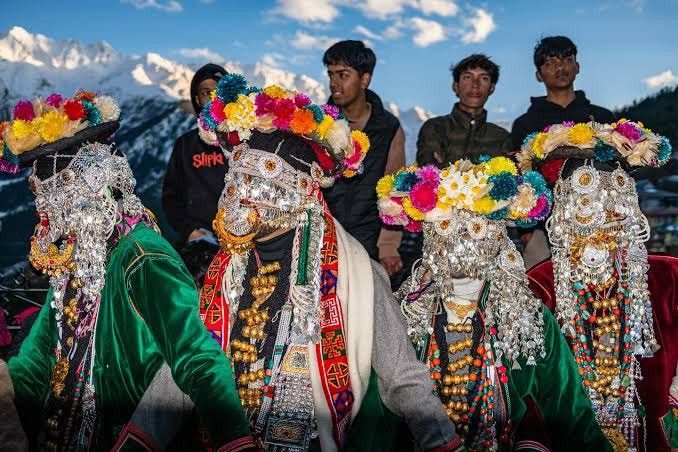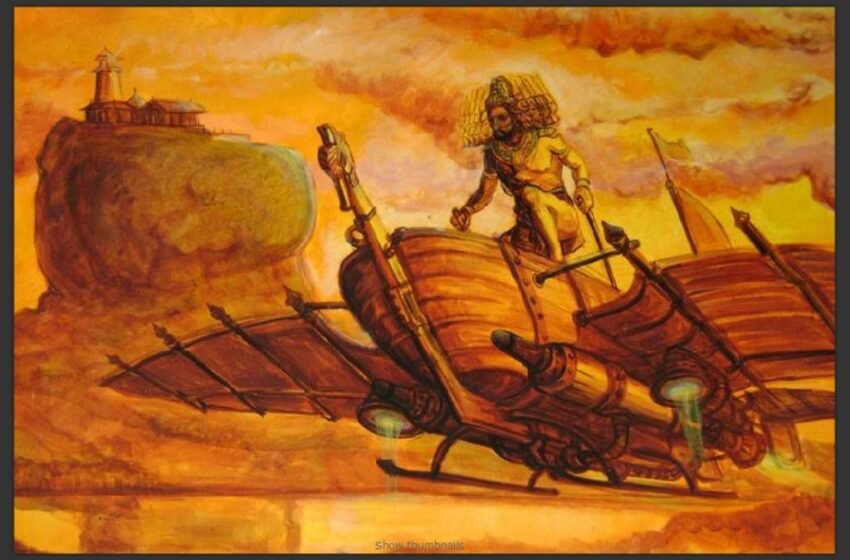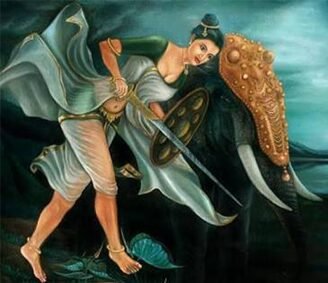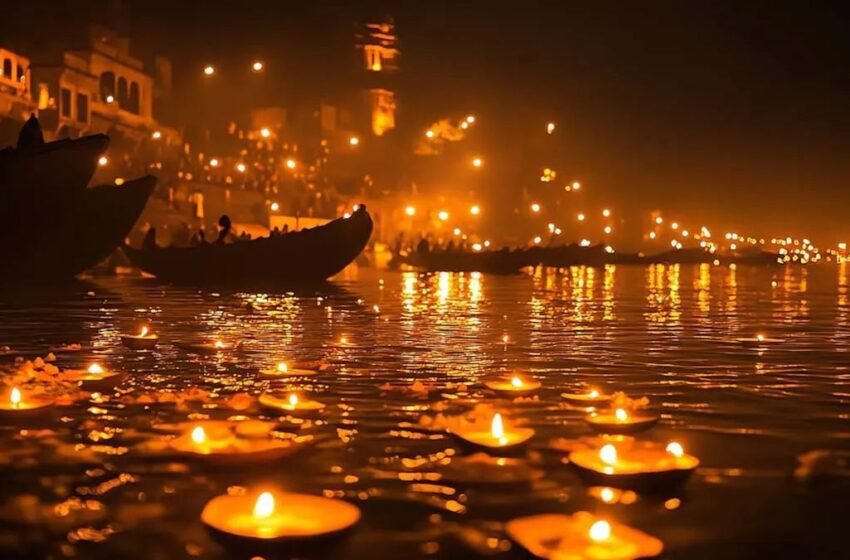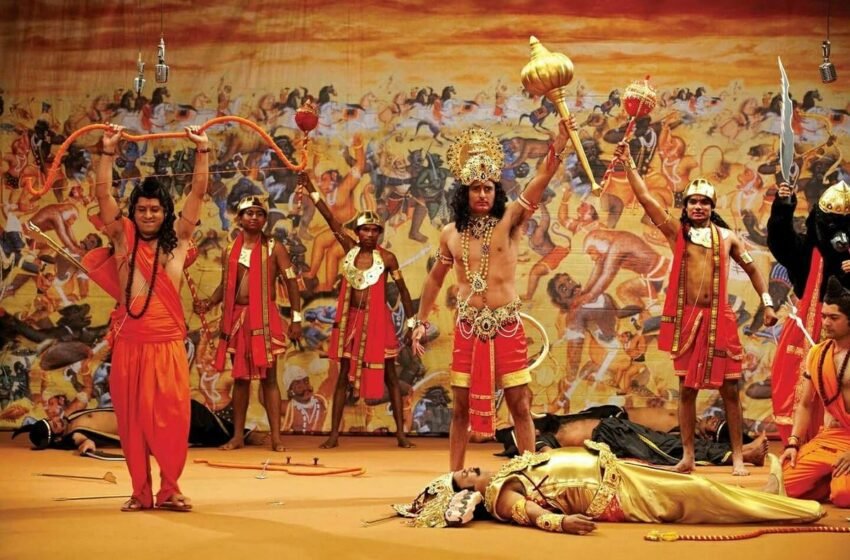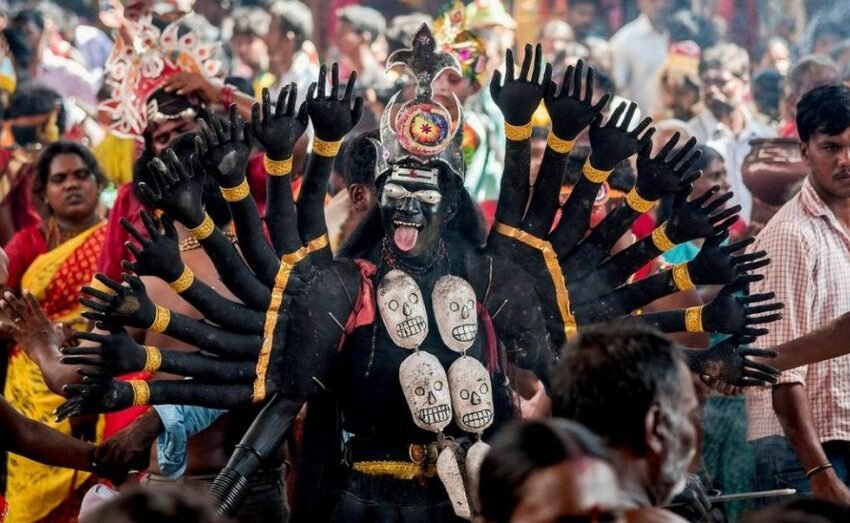Vigyaan Bhairav Tantra—History, Text, Techniques and The Science of Pure
~ Debashri Mandal We have heard about many ancient Hindu texts, starting from the Vedas and the Upanishads to the Mahabharata and the Maha Puranas, which provide stories, hymns, and principles of their time and beyond. Accordingly, the Vigyaan Bhairav Tantra, also known as the Vijnana Bhairava Tantra, an early medieval text believed to have […]Read More
